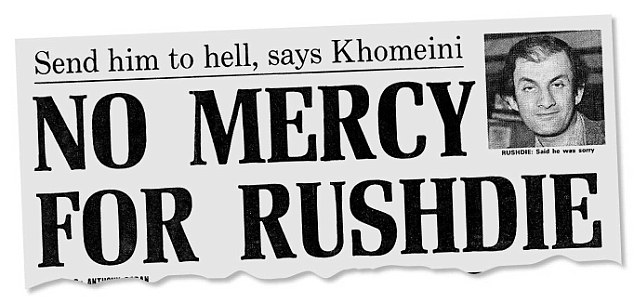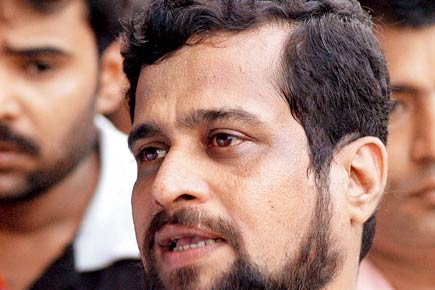Long before Wendy Donniger’s work, The Hindus-An Alternate History was pulped (2014) as Penguin India succumbed to unreasonable demands by the Shiksha Bachao Andolan deaded by Dinanath Batra…..
- Aubrey Menon's O Rama is targeted for fundamentalist attack by Hindu chauvinist sections in India (1950s)
- The Last Temptation of Christ, a fictionalised critique of the Biblical version is the target of fury by the Christian orthodoxy, many western countries forced to ban/restrict viewing; in India too, there are protests demanding a ban. (1960s).
- Jesus Christ Superstar, another fictionalised biography of Jesus, on the stage and films is similarly targeted. (1970s)


